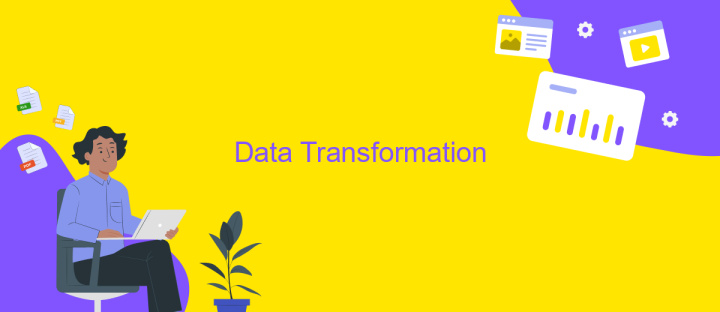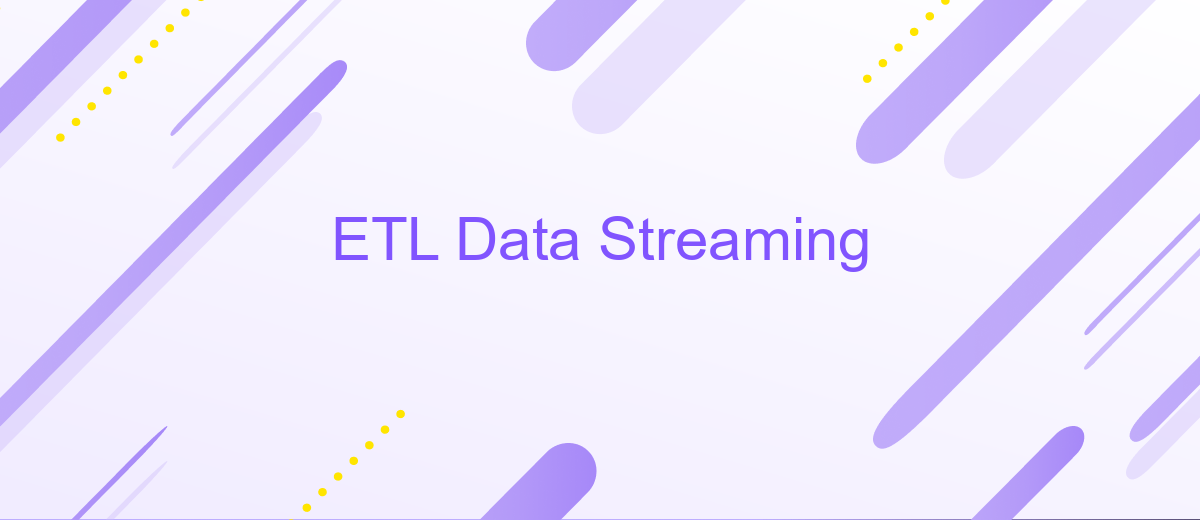ETL Data Streaming
ETL (Extract, Transform, Load) data streaming is revolutionizing the way businesses handle real-time data processing. By continuously extracting data from various sources, transforming it into a usable format, and loading it into target systems, organizations can make timely, data-driven decisions. This article explores the benefits, challenges, and best practices of implementing ETL data streaming in modern data architectures.
Introduction
ETL (Extract, Transform, Load) Data Streaming has become a crucial component in modern data management and analytics. As businesses strive to make data-driven decisions in real-time, the need for efficient and scalable ETL processes has never been greater. This approach allows for the continuous ingestion and processing of data from various sources, ensuring that up-to-date information is always available for analysis.
- Extract: Data is collected from multiple sources, such as databases, APIs, and cloud services.
- Transform: The extracted data is cleaned, enriched, and formatted to meet the requirements of the target system.
- Load: The transformed data is loaded into the destination system, such as a data warehouse or analytics platform.
One of the tools that simplify the integration of various data sources in ETL processes is ApiX-Drive. This service allows for seamless automation of data transfers between different applications and systems, reducing the complexity and time required for setting up integrations. By leveraging such tools, businesses can ensure a more streamlined and efficient ETL data streaming process, ultimately leading to better data insights and decision-making.
Data Extraction

Data extraction is the initial phase in the ETL (Extract, Transform, Load) process, where raw data is collected from various sources. This step is crucial as it sets the foundation for the subsequent data transformation and loading stages. Sources can include databases, APIs, flat files, and even real-time data streams. The primary goal is to gather accurate and relevant data while minimizing errors and redundancies. Efficient data extraction ensures that the data pipeline remains robust and reliable.
To streamline the data extraction process, automated tools and services like ApiX-Drive can be employed. ApiX-Drive facilitates seamless integration with multiple data sources, enabling real-time data extraction without manual intervention. This not only saves time but also reduces the risk of human error. By leveraging such tools, organizations can ensure that their data extraction processes are efficient, scalable, and adaptable to various data formats and sources, thereby enhancing the overall ETL workflow.
Data Transformation

Data transformation is a crucial step in the ETL data streaming process, enabling the conversion of raw data into a suitable format for analysis and reporting. This process involves cleaning, enriching, and structuring data to ensure its accuracy and usability. Effective data transformation can significantly enhance the quality of insights derived from the data.
- Data Cleaning: Removing errors, duplicates, and inconsistencies to ensure data integrity.
- Data Enrichment: Enhancing data by adding relevant information from external sources.
- Data Structuring: Organizing data into a predefined format to facilitate easy analysis.
Services like ApiX-Drive can streamline the data transformation process by providing automated tools for integration and transformation. ApiX-Drive allows users to connect various data sources and apply transformation rules without extensive coding, making it easier to maintain data quality and consistency. By leveraging such services, organizations can focus more on analyzing data rather than managing complex transformation workflows.
Data Loading

Data loading is a critical phase in the ETL data streaming process, where transformed data is moved into a target system for further analysis and utilization. This phase ensures that the data is accessible and ready for end-users or downstream applications. Efficient data loading strategies are essential for maintaining data integrity and performance.
One of the key considerations in data loading is choosing the right tools and methods to handle large volumes of data efficiently. This often involves batch loading, real-time loading, or a combination of both, depending on the specific requirements of the organization. Properly configured data loading pipelines can significantly reduce latency and improve data accessibility.
- Batch Loading: Ideal for periodic updates, where data is loaded in chunks at scheduled intervals.
- Real-Time Loading: Suitable for applications requiring immediate data availability, ensuring minimal delay.
- Hybrid Loading: Combines batch and real-time methods to balance performance and immediacy.
Tools like ApiX-Drive can simplify the data loading process by providing seamless integration capabilities with various data sources and target systems. ApiX-Drive offers automated workflows, reducing the need for manual intervention and ensuring data consistency across platforms. By leveraging such services, organizations can streamline their data loading processes and enhance overall efficiency.


Monitoring & Optimization
Effective monitoring is crucial for maintaining the performance and reliability of ETL data streaming processes. Implementing real-time analytics and alert systems can help identify bottlenecks, data loss, or latency issues promptly. Tools like Apache Kafka, Apache Flink, and Amazon Kinesis offer built-in monitoring features that provide insights into data flow, processing times, and error rates. Regularly reviewing these metrics allows for proactive adjustments and ensures the system operates at peak efficiency.
Optimization involves fine-tuning various components of the ETL pipeline to maximize throughput and minimize resource consumption. This can include adjusting batch sizes, parallel processing configurations, and memory allocation. Additionally, leveraging integration services like ApiX-Drive can streamline the connection between different data sources and destinations, reducing overhead and simplifying maintenance. By continuously monitoring and optimizing, organizations can ensure their ETL data streaming processes remain robust, scalable, and capable of handling increasing data volumes.
FAQ
What is ETL Data Streaming?
How does ETL Data Streaming differ from traditional ETL?
What are the common use cases for ETL Data Streaming?
What challenges can arise with ETL Data Streaming?
How can I automate and integrate ETL Data Streaming processes?
Apix-Drive is a simple and efficient system connector that will help you automate routine tasks and optimize business processes. You can save time and money, direct these resources to more important purposes. Test ApiX-Drive and make sure that this tool will relieve your employees and after 5 minutes of settings your business will start working faster.

